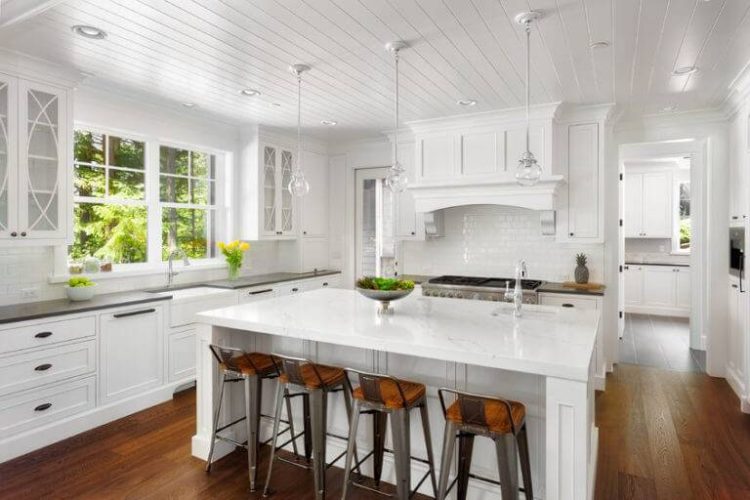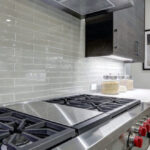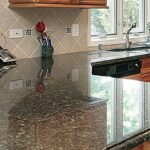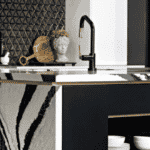Calculator
- Home
- Calculator
Calculator
How to calculate square footage?

Once again, all measurement units must be in feet in order to correctly calculate square footage.
Step 2: Apply the Square Footage Formula
The square footage formula is the same formula used to calculate the area. Spaces shaped like squares or rectangles, multiply the length measurement by the width. In better words, length multiplied by the width = square footage. For example:
Length of 6 feet
Width of 2 feet
Length X width = square footage | 6 X 2 = 12 Square Feet
For areas, not square or rectangle shape will require a different formula.
Here is a list of all formulas to calculate the square footage of any shaped space.
In cases where spaces may require odd dimensions, meaning the area does not have a defined shape, break up the area in measurable rectangles and squares. Calculate the area for each section using the formula length times width, then add the areas of each section together.
This is helpful to measure T-shaped, L-shaped, or any other odd-shaped space.
Step 3: Adjust for Calculator Errors
After you have accurately calculated the square footage of a space, adjust for error. This is especially important for those planning to purchase materials based on the measurements. It is common for mistakes to occur during such projects. Plan in advance for these mistakes, then prepare by ordering additional materials.
A fair measurement of error is 5 to 10% of the calculated square footage. For example:
Measured square footage = 12 square feet
12 square feet X 5% = .6 square feet
12 square feet X 10% = 1.2 square feet
.6 square feet + 1.2 square feet = 1.8 square feet
Most materials purchased are ordered in whole amounts. In cases where calculations result in decimals, round to the nearest whole number. For example, 1.8 square feet is rounded to 2 square feet.
For questions about calculating the square footage, our experts are ready to help. Contact our team at Stone Spirit today.










